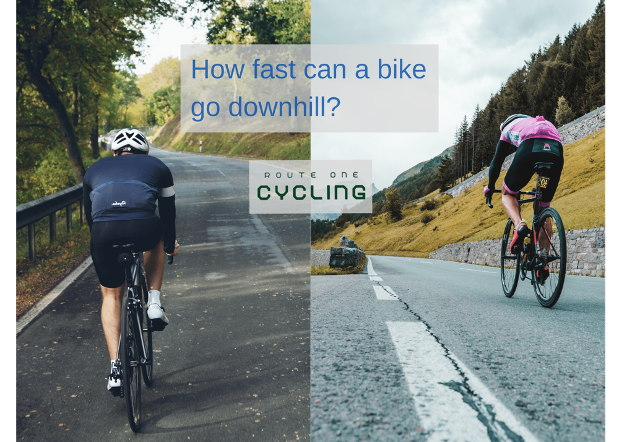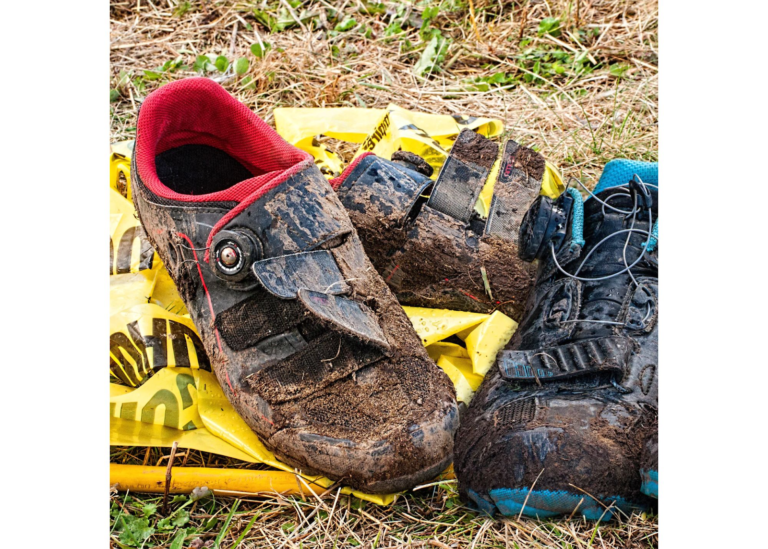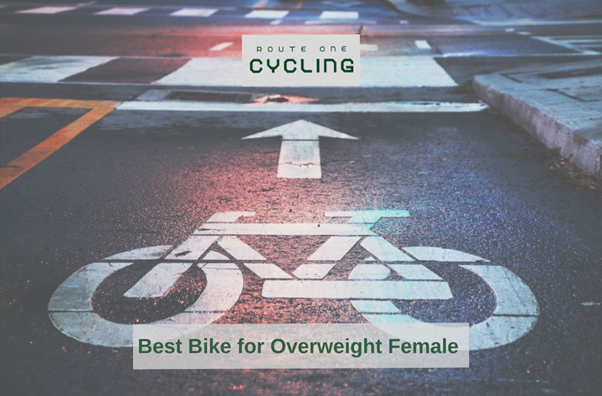How fast can a bicycle go downhill? [Top speeds for pro cyclists and the average rider]
I was riding on my way to Muir Beach and when I came out into the sweeping descent for the final couple of miles to reach the bottom, I began to wonder, how fast can a bicycle go downhill? I am going generally about 30-35 miles per hour, and I can go faster on more aggressive descents. However, I know there are others that are faster than me and it really got me wondering. What I took the time to do was to go around and ask my friends what their top speeds were, and log some of my top speeds on a couple of older bikes that I own as well.
In this post you will learn a bit about top speeds on all types of bicycles: box brand bicycles, carbon fiber racers, mountain bikes and vintage steel and aluminum frame road bikes. You will also learn about if top speeds can reach 50 miles per hour. Finally, we will talk about how fast cyclists can go on flat ground (and some of my speeds that I approach). By the end of this post, you should understand all things bicycle speed and how fast can a bike go downhill.
How fast can a bicycle go downhill?
Most cyclists can reach 40 miles per hour regularly on a long descent. The true question with how fast can a bike go downhill relies more on how fast can a bike go downhill safely. Regarding this question, here are some pointers:
- Ensure your brakes are checked for replacement: Brakes can last a substantial amount of time (e.g., years), though it is good to have a certain level of awareness for the amount of bite that your brakes have left in them
- Practice looking back safely while at speed for traffic: Practice looking back to be aware of what is behind you. Typically, when you are descending and you are on a mountainous technical descent, you will likely be faster than traffic because of the turns (e.g., hawk hill in the Marin headlands). On roads where the roads where the turns are gentler, this will not be the case and you will need to be more aware of traffic
- Be aware of debris: Keep your head on a swivel from the ground, ahead and behind. Beware of rocks, potholes and the possibility of flats whilst descending
- Follow your instincts: This may be the most important. If you are relaxed while descending, your body will move you in the right direction when you need to avoid something. Do not second guess what the body is trying to do because it’s half a step better at guiding you to safety than your head.


Can you go 50 mph on a bike?
Yes, you can go 50 miles per hour on a bike. This can be reached when going on a sustained good road, while moving downhill. Reaching the speed is not the most difficult, however, what is more difficult is maintaining the speed and maintaining that speed safely. Many road cyclists will not have much trouble reaching that speed on their specific downhill routes of choice.
How fast do pro cyclists descend?
Pro cyclists typically descend at 60 miles per hour (100 kph). The average top speed of leaders can be higher than 65mph (105kph). This is on sustained downhill and after years of experience where they not only have the instincts and stamina to maintain that speed; but also understand how to enter hairpin turns to successfully accelerate out of the turns. The other skill that is important is to maintain an aerodynamic posture while in the drops of your handles to fight off wind resistance.
How fast can a bicycle go on flat ground?
Cyclists typically ride just under 20 miles per hour on flat ground when sitting at their comfort zone on longer rides. This speed will typically allow a rider to not face much of any lactic acid buildup and they can ride comfortably for many miles. On shorter tempo rides lasting under an hour, that speed can increase to 25 miles per hour to 28 miles per hour. At this speed, depending on the cyclist, there may be a slight buildup of lactic acid throughout the ride, though not much if it is under an hour. This is for the average competitive cyclist. Professional cyclists move much, much faster.
Conclusion
How fast can a bicycle go downhill? About 40 miles per hour typically. However, many can reach 45, 50 and even 65 miles per hour if they are skilled and understand what they are doing with their bicycle. At these speeds you will typically out pace a car when you are moving downhill in a mountainous terrain where the turns are too tight for a vehicle to attack safely.







![How long do cycling bibs last? [500 hours Saddle Time] + Upkeep Guide Linked](https://routeonecycling.com/wp-content/uploads/2023/04/25-768x548.png)